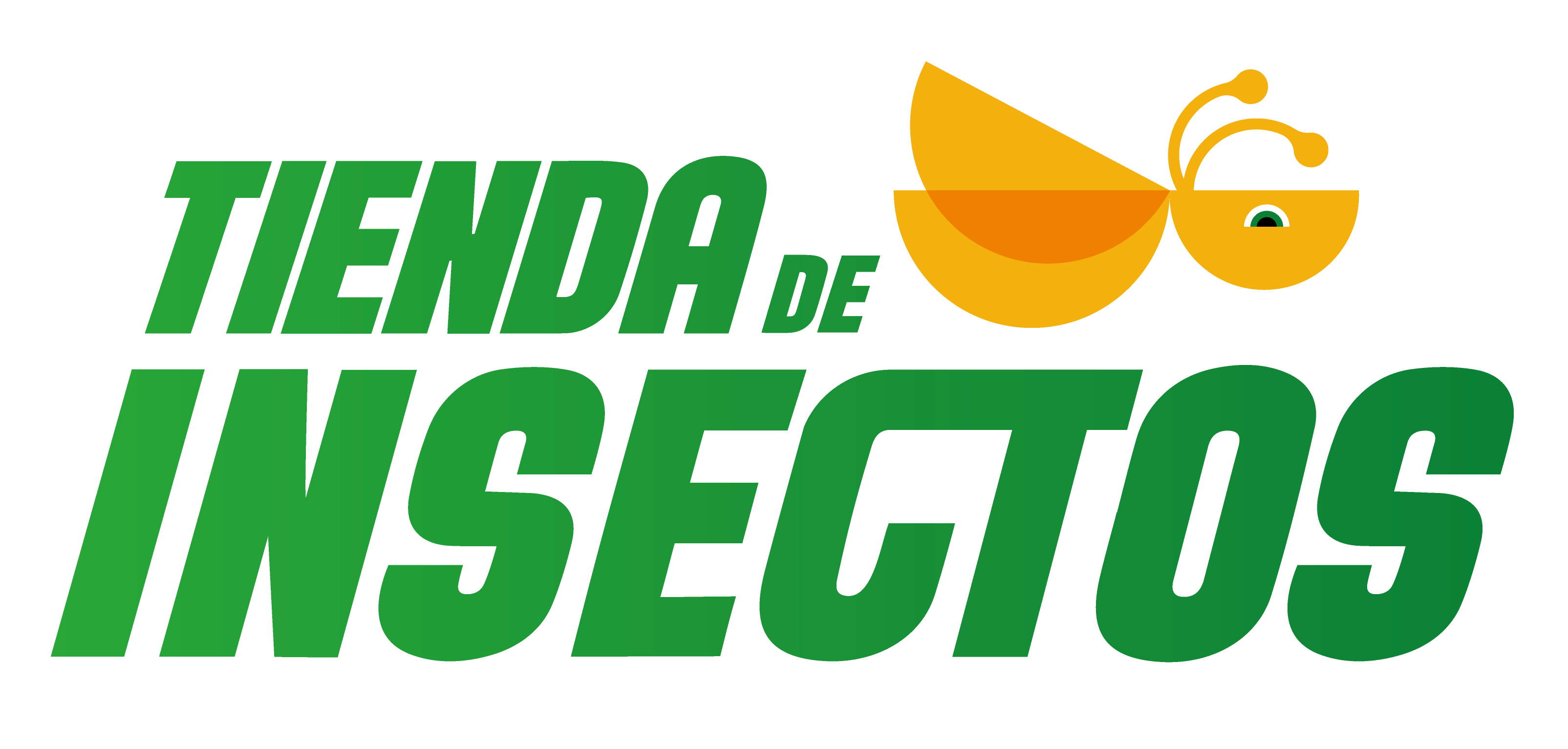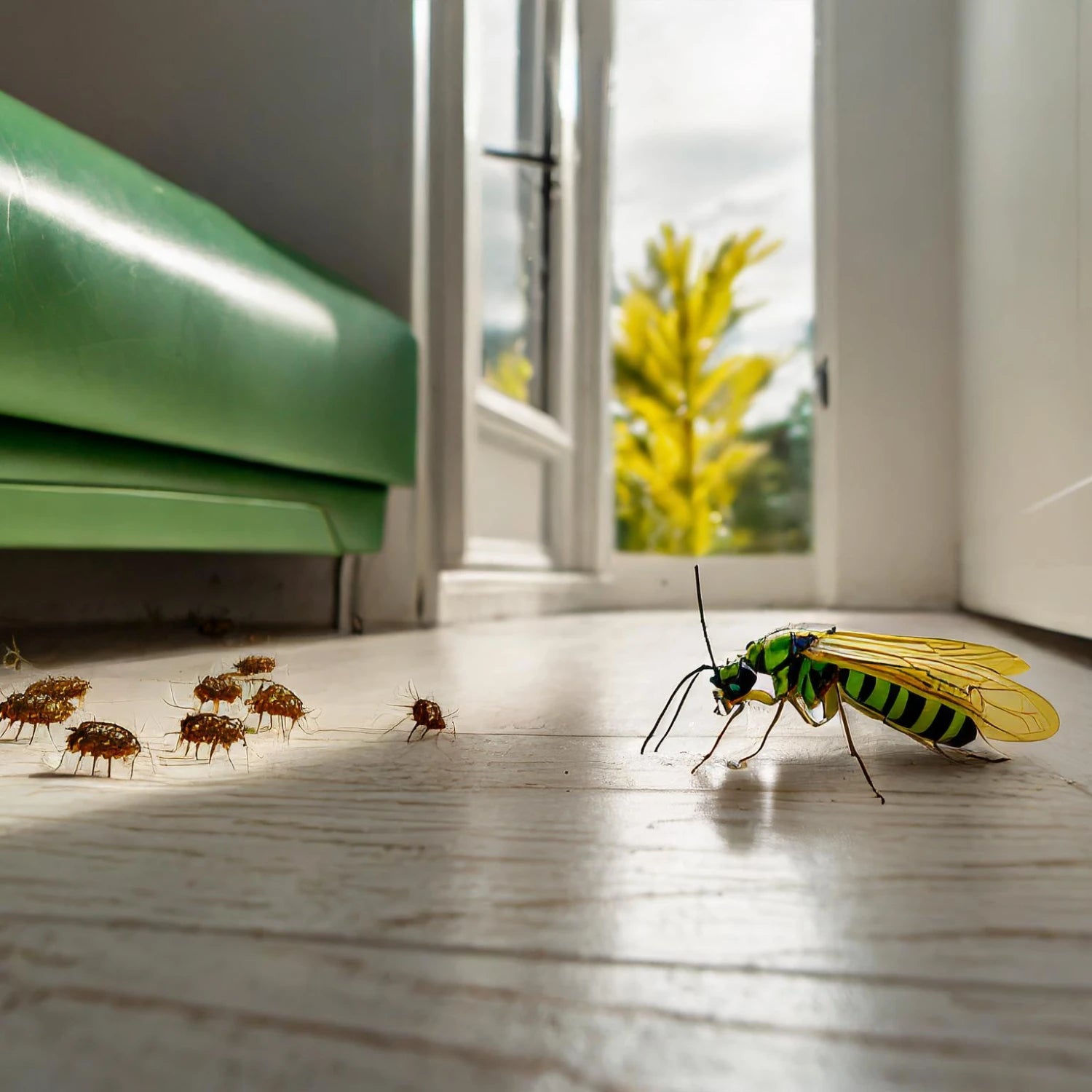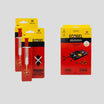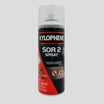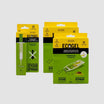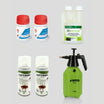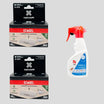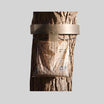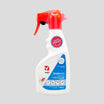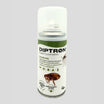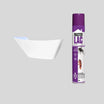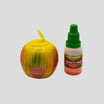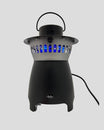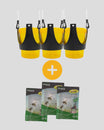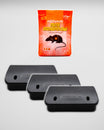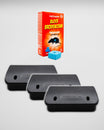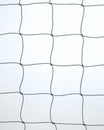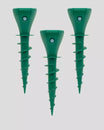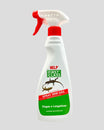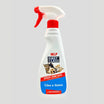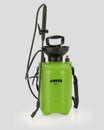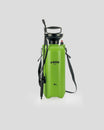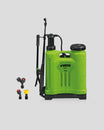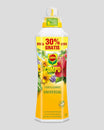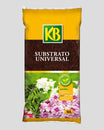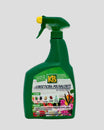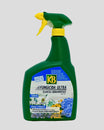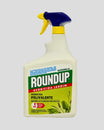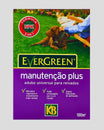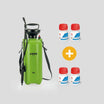Rodents are one of the most common urban pests. The most common are mice, roof rats and rats. Although they are similar, they have distinct characteristics that help in identification and control. This article discusses the main differences between these species.
1. Mice
Mice are small species of rodents, the most common being the house mouse (Mus musculus).
Main Features:
Size: About 6 to 10 cm, not including the tail.
Body: Small and slender, with gray or light brown fur.
Tail: Long and proportional to the body, with little fur.
Ears and Eyes: Relatively large in relation to the body.
Behavior:
They live close to humans, inside houses, pantries and warehouses.
They feed on cereals, grains and food scraps.
They are excellent climbers and can fit through very small gaps.
Impacts:
Contamination of food with urine and feces.
Structural damage due to gnawing.
2. Roof Rats
Roof rats, or black rats (Rattus rattus), are larger than house mice and prefer elevated places such as attics and roofs.
Main Features:
Size: Between 16 and 22 cm, excluding the tail.
Body: Black or dark brown coat, with a slender body.
Tail: Long, often longer than the length of the body.
Ears: Large and hairless, with prominent eyes.
Behavior:
They prefer high, dry places, such as trees, rooftops and attics.
They feed on fruits, grains and food scraps.
They are agile and excellent climbers.
Impacts:
Damage to electrical cables and wooden structures.
Contamination of food and environments with feces and urine.
3. Rats
Rats, or sewer rats (Rattus norvegicus), are the largest of the three types and usually live in places close to the ground.
Main Features:
Size: Between 20 and 30 cm, not including the tail.
Body: Robust, with grayish brown fur.
Tail: Thick and shorter than the length of the body.
Head and Ears: Relatively small in relation to the body.
Behavior:
They live in burrows in the ground, sewers and humid areas.
They feed on almost anything, including food scraps and garbage.
They are less agile, but excellent swimmers.
Impacts:
Structural damage due to digging.
High risk of transmission of diseases such as leptospirosis and salmonella
Comparison Table
|
Feature |
Mice |
Roof Rats |
Rats |
|
Size |
6 to 10 cm |
16 to 22 cm |
20 to 30 cm |
|
Body |
Small, gray or brown |
Slim, black or brown |
Robust, grayish brown |
|
Tail |
Long, proportional |
Long, larger than the body |
Short, thick |
|
Habitat |
Interiors, warehouses |
Roofs, trees, attics |
Burrows, sewers, damp places |
|
Food |
Cereals and food scraps |
Fruits, grains |
Any type of food |
|
Agility |
Excellent climber |
Agile and scalable |
Good swimmer |
Conclusion
Although mice, roof rats and rats share common characteristics, each species has distinct habits and behaviors. Correct identification is essential to implement effective control and prevention measures.
Recomended Products

